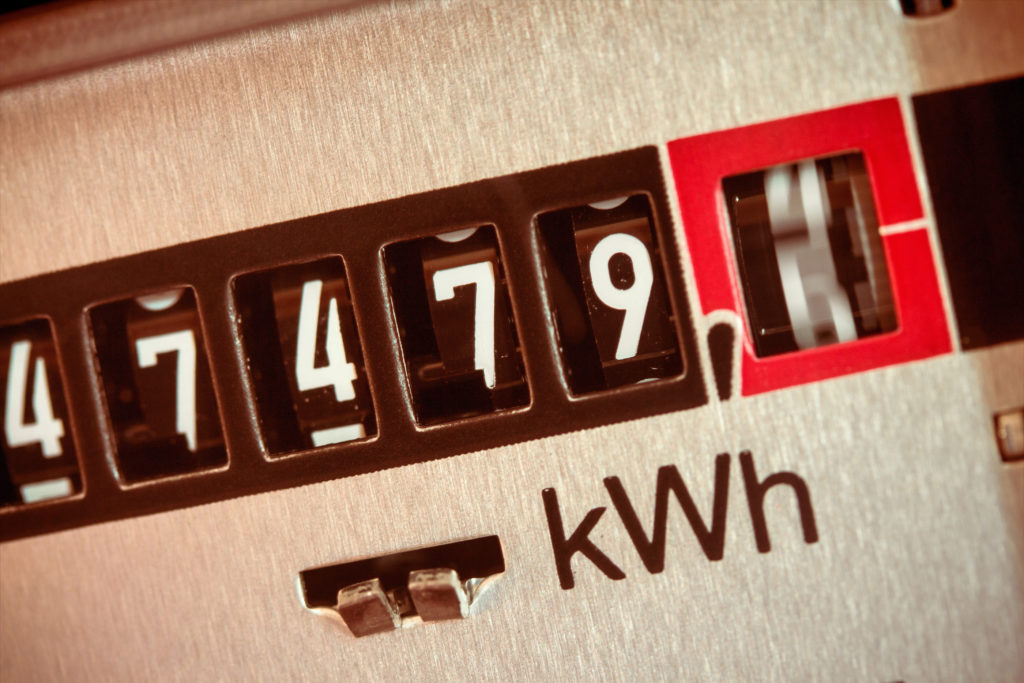
From 1987-1997, electricity demand in the United States jumped over 25%. In the following decade, demand increased by 18%. But since then, electricity use has been flat, stuck right around 4 trillion kilowatt hours per year. Just before the recession hit in 2006, the U.S. Energy Information Administration projected we’d be using 20% more electricity than we actually are.
However, although the growth rate has been declining, demand hasn’t actually declined. It’s still growing. Rising efficiencies have simply helped to flatten the power demand amid strong economic growth.
The U.S. National Renewable Energy Laboratory (NREL) forecasts a 36% jump in power demand even under a conservative reference scenario. Five factors that could affect the electricity demand in coming years include:
- A change in housing starts, which have been relatively low since the early 1990s, but are bound to change.
- The bi-partisan focus on a manufacturing renaissance, and a return of energy-intensive output.
- A bi-partisan $1.5 trillion new infrastructure plan.
- The “deep electrification” of everything from cars to buses to high-speed railways. Electric cars can surge a home’s electricity use by over 50%!
- An increase in the need for air conditioners in a global warming world.
Preparing for Change
The country’s electricity grid is in dire need of improvements in order to keep up with these potential electricity demand-increasing factors. Thankfully, advancements in policy, technology and standards focused on modernizing the grid have taken place over the last twenty years. The next generation of technologies, tools and techniques for efficient, resilient, reliable and affordable delivery of electricity in the U.S. is in development.
Register today for the upcoming Modernizing the Smart Grid webinar, taking place Tuesday, September 25, 2018, to learn about the power industry’s shift to holistic solutions, new methods of distribution and the modern market orientation of the power industry. During this one-hour webinar, you’ll also discover exciting smart grid course modules offered by IEEE.
Resources
Clemente, Jude. (26 Aug 2018). Why U.S. Electricity Demand Will Increase. Forbes.
Grid Modernization and the Smart Grid. Office of Electricity.


[…] the tiny, five-turbine, 30 megawatt wind farm off of the coast of Rhode Island, producing electricity for 24.4 U.S. cents per kilowatt hour, Vineyard Wind has agreed to a price of just 7.4 cents per […]
[…] electricity supply in the UK last year. Analysts say it’s a sign of increasingly efficient use of energy and the country’s changing […]
[…] changes, growing electricity demand, emission concerns, and supportive policies are spurring grid development projects globally. After […]